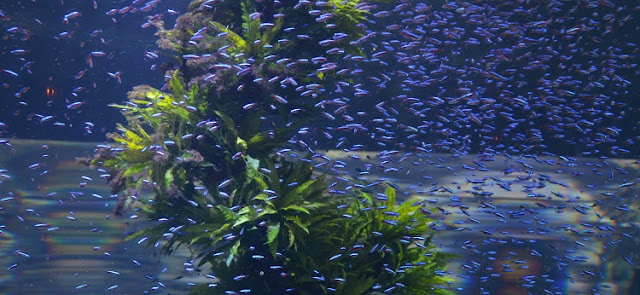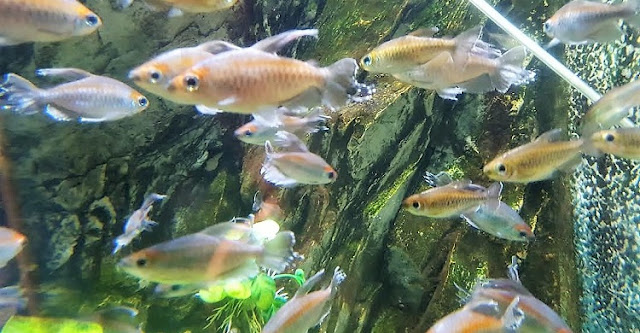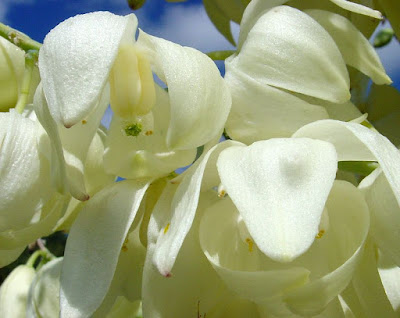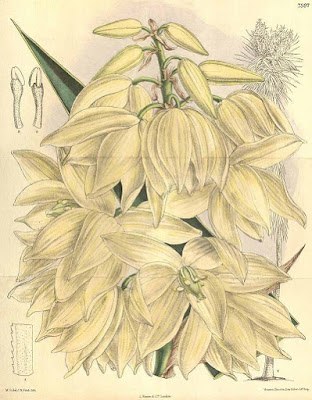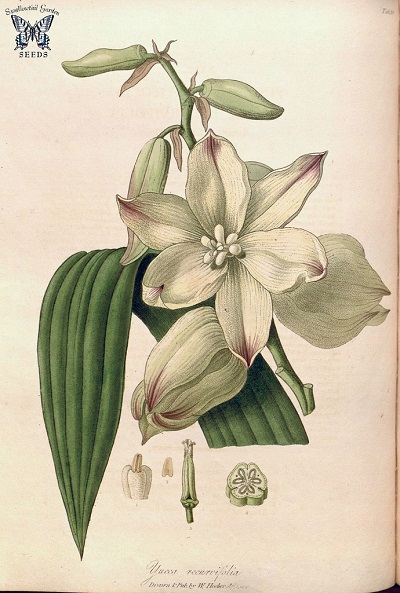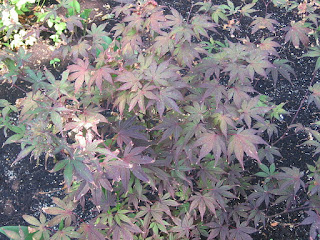 |
| Neon tetra disease |
Low levels of infection can display few visible symptoms, and it is only once the fish is a few days away from death that the disease becomes apparent.
Cause
Neon tetra disease is a caused by a a single-celled organism which enters the body of the fish by accidental ingestion. This occurs through eating infected foods such as infected tubifex worms, or through scavenging or cannibalizing the parasites from infected dead fish. The most common way that Pleistophora hyphessobryconis spores enter an aquarium is by the introduction of infected fish.
 |
| Neon tetra disease |
Initially you will notice a change in behaviour and condition. Infected neon tetra will lose their iridescent colouration, and may display white or grey patches on their flanks. They will also break away from the shoal, preferring to hide, and show little interest during feeding times. As the disease progresses infected fish may being to have trouble swimming, develop contortions to the musculature and swollen areas along the body. Secondary fungal and bacterial infections may also shoe at this point.
Treatment
Unfortunately there are no off-the-shelf medications available, although once diagnosed veterinary surgeons may prescribe Toltrazuril or general antibiotic. Removal of infected fish to a quarantine tank as soon as possible will be the first control, but all new fish should be quarantined for 4 to 6 weeks before being placed into an aquarium - provided you have a spare aquarium!
There is some evidence to show that when kept in optimal conditions the neon tetras own immune system is generally capable of fighting off the Pleistophora hyphessobryconis infection. This would involve providing a temperature of between 72 to 75 degrees Fahrenheit, 2 to 10 degrees dH, and a pH 6 to 7.5.
Maintain the high quality of your water by maintaining filters and carrying out regular water changes.
Do not purchase fish from tanks which have dead fish or obvious signs of diseased fish.
Alternative measures
Always quarantine neon tetras before introducing them into an aquarium. Avoid live foods and substitute with gamma-irradiated frozen foods. If neon tetra disease is constant issue with your aquarium then consider choosing fish that are less susceptible disease. Although more expensive, cardinal tetra are similar in appearance yet far less prone to Pleistophora hyphessobryconis spores.
For related articles cick onto the following link:
HOW TO CARE FOR CONGO TETRA
NEON TETRA
PENGUIN TETRA


